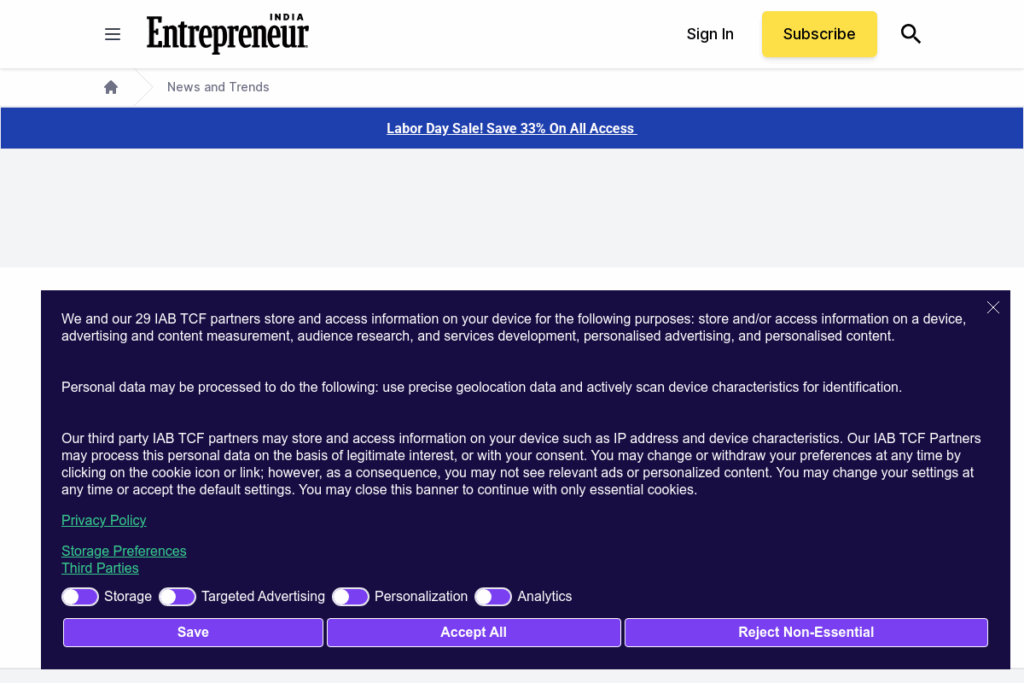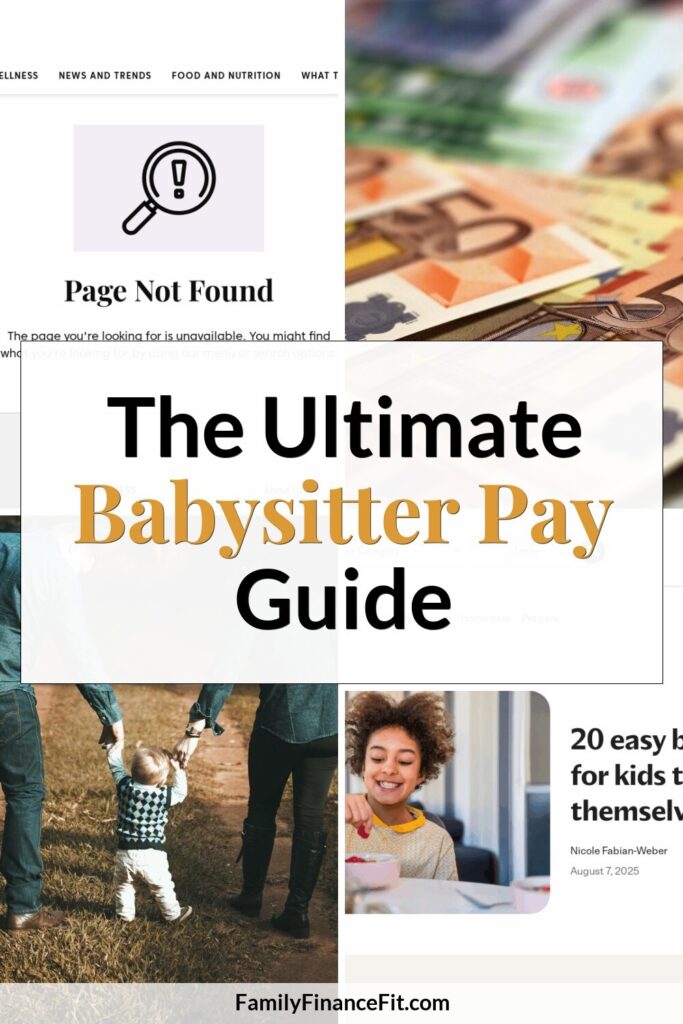Managing your money well is about more than just tracking expenses; it’s also about making smart decisions with everyday choices like hiring help for your family. When I first started my journey toward financial independence, I realized that every hustle—including babysitting—deserves to be valued fairly. Whether you’re a parent seeking someone trustworthy or a sitter trying to set your rate, understanding what a babysitter should get paid is both a practical and important part of your personal finance toolkit.
Understanding National Pay Averages

Babysitting rates vary across the country, but knowing the average can help you start the conversation. According to a recent Care.com survey, the national average was around $20 per hour in 2023. While that figure provides a benchmark, local prices can fluctuate dramatically depending on where you live. Urban areas and cities with a higher cost of living tend to push wages upward, while rural locations may offer less.
To get a current snapshot for your area, try checking listings or apps frequented by local families. For further perspective, NBC News highlights how inflation and demand spur rate increases. Understanding what sitters around you are earning saves stress—and often avoids uncomfortable negotiations down the line.

The Key Factors That Impact Babysitting Rates
Several factors influence how much a sitter should make. The sitter’s experience and certifications, such as first aid or CPR training, often warrant a higher rate (Verywell Family). The number of children being cared for also matters—expect to add $1-2 per hour for each additional child. The type of tasks required, like cooking meals or helping with homework, justifies premium rates as well.
Some families also tip for last-minute care or requests that fall outside standard expectations. Balancing what’s fair with what’s affordable is key. If you’re a sitter, don’t hesitate to share your skills and ask for a rate that matches your expertise. For parents, being upfront about your needs avoids confusion and builds mutual trust.

Urban vs. Rural: The Influence of Location
Your location has a huge effect on what you’ll pay or earn. In metropolitan cities like New York, San Francisco, or Boston, hourly rates often top national averages due to increased living expenses and higher minimum wages. By contrast, smaller towns and rural areas typically see lower demand and correspondingly lower wages (USA Today).
If you’re relocating or hiring while traveling, do a quick check on local parenting groups or services to find current averages. Keeping your rates flexible depending on region can make it easier to attract the right fit. For students or teens hoping to start a sitting side gig in their community, understanding your market is the first step toward turning sitting into a solid summer money-maker.
How Experience and Certifications Affect Pay

A sitter’s credentials can easily influence the final hourly wage. Babysitters with several years of experience, positive references, or special skills like tutoring or musical training often command higher pay. CPR and first aid certifications signal a trustworthy caregiver and typically boost the asking rate by $1-3 per hour.
Some families even prefer paying top dollar for sitters who have completed professional nanny training or early childhood education programs. According to Shape magazine, credentials can help sitters differentiate themselves and confidently ask for more. If you’re new to babysitting, consider low-cost certification programs—they pay off quickly and signal your commitment to safety.
Age Matters: Teens, College Students, and Adults

Age can shape babysitting compensation. Teens, especially those just entering the job market, might typically earn between $10 and $15 an hour for standard care. College students often have greater responsibility and may charge $16–$25 per hour, particularly if they can drive or help with homework (MomJunction).
Adults, especially those acting as professional nannies, often set the highest rates. Their years of maturity and sometimes even parenting experience lend families extra peace of mind. Setting expectations based on age, reliability, and availability helps ensure everyone gets a fair deal—and that reliable sitters choose to work with you again. For parents looking at occasional or part-time care, balancing budget and the age-related skillset becomes part of smart family finance.
Special Situations: Overnights, Holidays, and Extra Duties

Not every babysitting job is a straightforward evening gig. Overnight stays, holidays, and last-minute requests almost always command a premium. Sitters can expect to earn time-and-a-half or a flat premium for these extra demands according to Entrepreneur. Clear communication ahead of time prevents misunderstandings.
If your sitter will tackle special duties like pet care, driving kids to activities, or handling complicated medication schedules, adjust the pay upward. Remember, rewarding responsibility builds loyal professional relationships. For sitters, don’t shy away from negotiating for extras; experience and flexibility can help you turn this side hustle into a steady stream of income.

Cash, Apps, and Other Ways to Get Paid
Paying sitters has evolved beyond cash under the table. Many parents and sitters now use mobile payment platforms to simplify transactions and keep a digital record. Services like Venmo, PayPal, and Cash App can transfer funds instantly with minimal fuss. Using an app also helps track childcare expenses, which can be helpful at tax time.
For those employing regular sitters or nannies, some prefer payroll platforms for compliance with tax and labor laws. The IRS Childcare Provider Tax Center offers guidelines for handling taxes if you pay above certain thresholds. Ultimately, ensuring convenient and prompt payment helps keep the sitter relationship smooth and professional.
Navigating babysitter pay rates is another piece of the broader personal finance puzzle. With clear expectations, attention to local averages, and thoughtful adjustments for experience or requests, you’re equipped to make—and receive—fair offers. Every family’s situation is unique, so open conversations and respect make all the difference. These small choices, when made well, empower you to keep moving forward on your financial journey—without sacrificing the joys and support that make life work.


